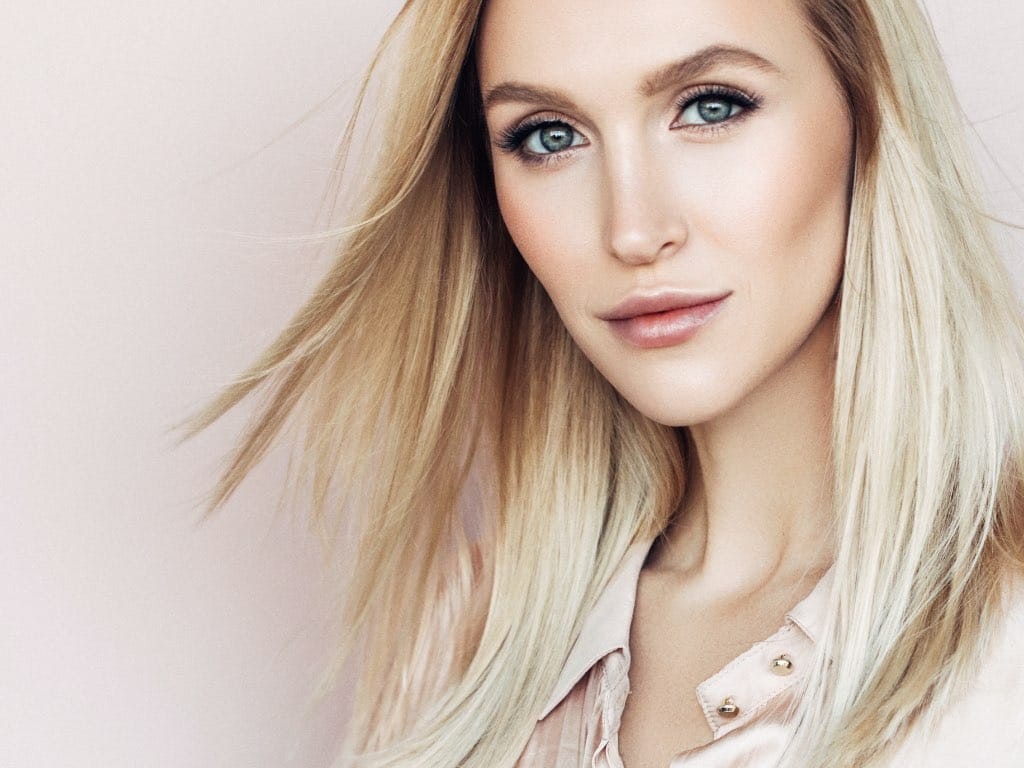Botox and Dysport are popular injectable wrinkle treatments. Both temporarily relax facial muscles, reducing the appearance of wrinkles. But how do their costs compare? This article breaks down the pricing and key differences between these two treatments.
Dysport vs. Botox: Cost Comparison
While both treatments utilize botulinum toxin, there are differences in pricing due to unit cost and dosage.
- Botox: Typically costs more per unit. However, fewer units are often needed due to its higher potency.
- Dysport: Generally has a lower cost per unit but requires more units to achieve comparable results due to lower potency per unit.
The overall cost for similar results often ends up being relatively close for both treatments. Factors influencing price include:
- Treatment Area: Larger areas requiring more units will increase the overall cost.
- Geographic Location: Prices can vary based on provider location and regional cost of living.
- Provider Experience: Highly experienced injectors may charge more.
- Special Offers: Look for clinics offering discounts or package deals.
Understanding Unit Pricing and Dosage
- Potency: One unit of Botox is generally considered equivalent to about three units of Dysport.
- Dosage: Due to this difference in potency, you’ll likely need more units of Dysport than Botox for a comparable treatment. For instance, if you require 20 units of Botox, you might need around 60 units of Dysport.
Beyond Cost: Key Differences Between Dysport and Botox
Besides cost, consider these factors:
Diffusion
- Dysport: Tends to diffuse more widely, making it potentially better for larger areas like the forehead.
- Botox: Offers more targeted treatment, often preferred for smaller, specific wrinkles.
Onset and Duration
- Dysport: May have a slightly quicker onset, with results appearing within a few days. Results typically last 3-4 months.
- Botox: Results may take a bit longer to appear but can last up to 4-6 months or longer for some individuals.
Treatment Areas
- Dysport: Primarily FDA-approved for glabellar lines (frown lines between the eyebrows). Often used off-label for other areas.
- Botox: FDA-approved for a wider range of treatment areas, including crow’s feet, forehead lines, and glabellar lines.
Choosing the Right Treatment
The best choice depends on individual needs and preferences. Consult with a qualified and experienced medical professional to discuss your goals and determine the most suitable treatment option for you. They can provide personalized recommendations based on your specific concerns, desired outcomes, and budget.
Conclusion
While Dysport often has a lower per-unit cost, the total treatment cost for both Dysport and Botox can be similar. Ultimately, the best option depends on individual needs and desired outcomes. Consult a qualified professional for personalized advice and to determine which treatment aligns best with your goals and budget.
